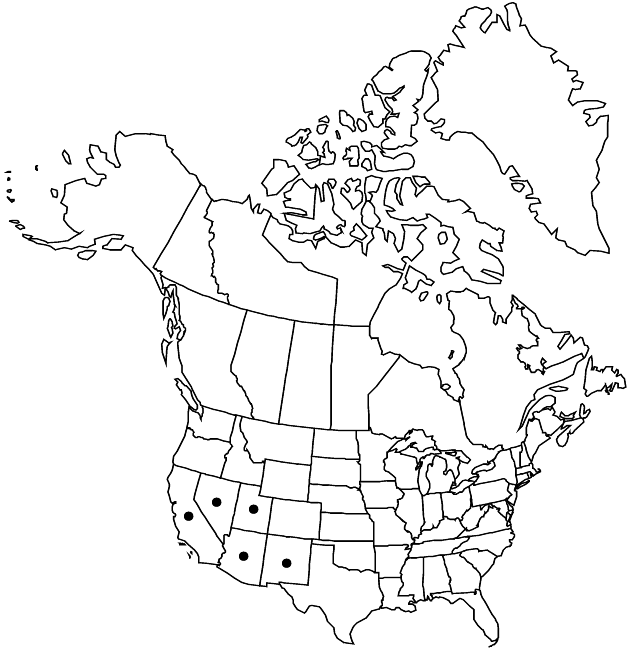Difference between revisions of "Chaenactis carphoclinia var. carphoclinia"
Synonyms: Chaenactis carphoclinia var. attenuata unknown
FNA>Volume Importer |
FNA>Volume Importer |
(No difference)
| |
Revision as of 18:45, 24 September 2019
Plants (5–)10–30(–40) cm. Leaves basal (± withering) and cauline, longest 1–6(–7) cm; petioles scarcely dilated proximally, ± herbaceous. 2n = 16.
Phenology: Flowering Jan–Jun.
Habitat: Open, rocky or gravelly (sometimes sandy) desert slopes and flats, shrublands
Elevation: -90–1900 m
Distribution

Ariz., Calif., Nev., N.Mex., Utah, Mexico (Baja California, Sonora).
Discussion
Variety carphoclinia is one of the most abundant spring wildflowers in the Sonoran Desert; it extends to the southern Great Basin and northwestern Chihuahuan Desert. It is reported to be eaten by desert tortoises (Gopherus agassizii Cooper). Some stunted forms have been named var. attenuata; such forms recur in the most arid (or otherwise severe) habitats throughout the range of the species.
Selected References
None.
Lower Taxa
None.
